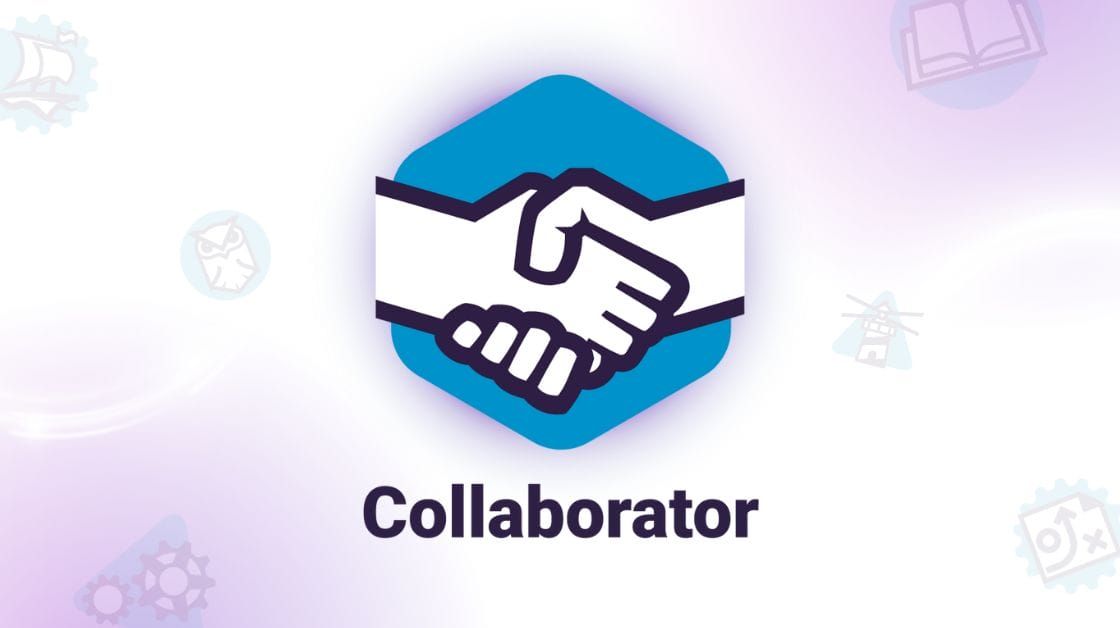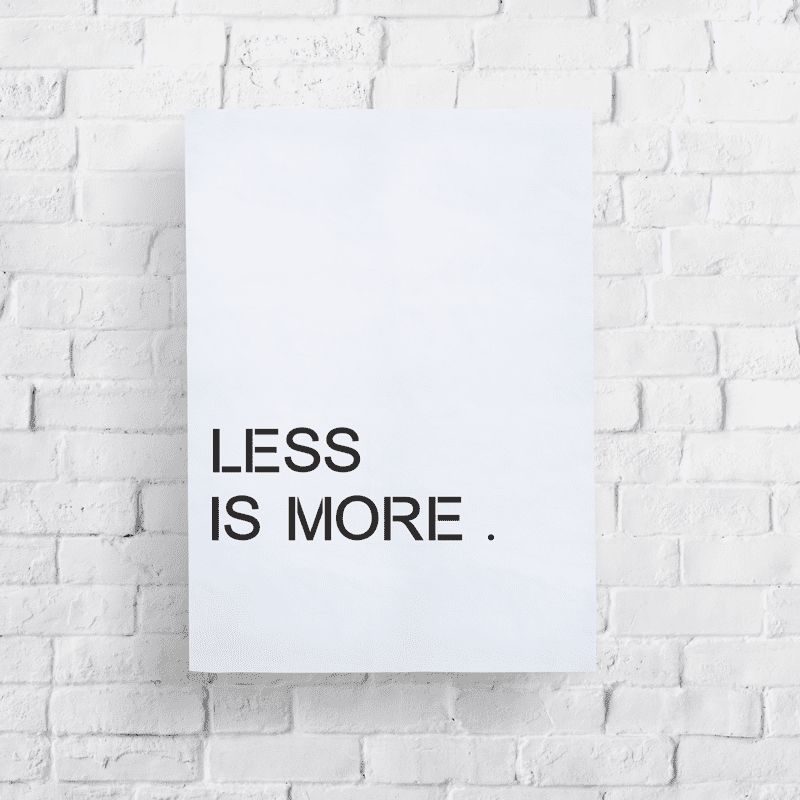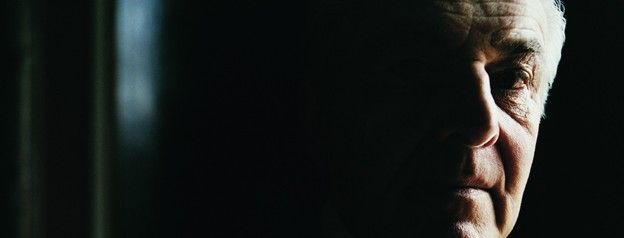November 6, 2025
By: Gleb Tsipursky Editor’s Note: This is part of an ongoing series examining generative AI and its continuing impact on the business world. Peer mentoring and generative AI together create a transformative strategy that can revolutionize how organizations adopt and utilize AI. By leveraging the power of personal connections and shared expertise, peer mentoring accelerates learning, fosters collaboration, and fuels innovation. In today’s fast-paced business environment, where the mastery of Gen AI tools can mean the difference between staying competitive and falling behind, this approach is nothing short of essential. The Human Element of Embracing Gen AI Generative AI tools promise efficiency, creativity, and transformative possibilities, but for many employees, navigating these tools can feel daunting. That’s where peer mentoring steps in, offering a bridge between uncertainty and confidence. When employees learn directly from colleagues who have already mastered Gen AI, they gain not just technical know-how but also context-specific insights tailored to their unique roles. Imagine being guided through a new tool by someone who understands the nuances of your workload, rather than sitting through a generic training webinar. Peer mentors personalize the learning process, demonstrating how peer mentoring and generative AI collaborate in real-world scenarios. This one-on-one guidance makes Gen AI tools more accessible and, importantly, more relatable, while managing risks . Empowering Early Adopters as Mentors to Embrace Gen AI Organizations often underestimate the goldmine of talent within their own ranks. Early adopters of Gen AI—those employees who have enthusiastically embraced these tools to enhance tasks like coding, content creation, and data analysis—are an invaluable resource. Peer mentoring programs tap into this resource, positioning these employees as mentors who guide their colleagues toward Gen AI proficiency. Take, for example, one of my clients , a mid-sized professional services company whose leadership I helped recognize its Gen AI-savvy employees as catalysts for broader adoption. These early adopters, once scattered across departments, were brought together under a structured program focused on peer mentoring and generative AI. Their mission? To mentor colleagues eager to learn Gen AI tools but unsure where to start. This deliberate approach ensured the company didn’t just rely on scattered pockets of expertise but actively spread that knowledge across teams. Building Bridges Through Tailored Learning for Embracing Gen AI The beauty of peer mentoring lies in its flexibility and relevance. Unlike traditional training methods, which often feel detached from day-to-day responsibilities, peer mentoring sessions are tailored to the specific needs of mentees. For example, an employee in marketing might focus on content creation and effective Gen AI prompting, while a colleague in engineering could delve into coding automation. This tailored approach was a hallmark of the aforementioned professional service company’s program. Mentors shared the practical tips and tricks they had discovered, demonstrated advanced techniques, and even helped troubleshoot challenges mentees encountered. Group workshops further amplified this knowledge-sharing, allowing mentors to showcase their expertise to a broader audience while building confidence among mentees. A Win-Win for Mentors and Mentees Peer mentoring doesn’t just benefit those learning Gen AI; it’s equally rewarding for the mentors. Early adopters gain recognition for their expertise, which boosts their professional visibility and enhances their pride in their contributions. Mentors also develop their leadership and communication skills, positioning themselves as thought leaders within the organization. Meanwhile, mentees experience an equally significant transformation. Armed with hands-on guidance and personalized support, they become more confident in their abilities to leverage Gen AI tools effectively. This confidence translates into tangible improvements in productivity and innovation, as employees feel empowered to experiment, iterate, and innovate. The Ripple Effect on Workplace Culture The impact of peer mentoring extends far beyond individual skill development — it transforms organizational culture. Over the course of a 12-month peer mentoring initiative, the professional service company observed a noticeable shift: employees not only became more proficient with Gen AI tools but also more eager to share their newfound knowledge with others. This knowledge-sharing created a ripple effect, fostering a culture of collaboration and continuous learning. Employees across departments connected over shared experiences, strengthening professional relationships and breaking down silos. The workplace evolved into a vibrant hub of innovation, with employees actively seeking out new ways to integrate Gen AI into their workflows. Real Results for Embracing Gen AI: Productivity, Quality, and Innovation The results of the peer mentoring program were undeniable. Productivity soared as employees streamlined their workflows with Gen AI tools, completing tasks more efficiently and with greater accuracy. The quality of work improved as employees applied advanced Gen AI techniques to tasks like content creation, data analysis, and client outreach. And perhaps most significantly, the organization’s culture shifted toward one of enthusiasm for learning and innovation. Metrics underscored the program’s success. Teams using Gen AI reported significant time savings of over 25%, while cross-departmental collaborations increased by 30%. Employees consistently rated the program as one of the most impactful initiatives for their professional growth, with many noting that it demystified Gen AI and made it feel approachable. Why Peer Mentoring Is the Future of Embracing Gen AI As businesses navigate the rapid evolution of Gen AI, traditional training methods are proving insufficient. Peer mentoring provides a dynamic and scalable solution that not only accelerates learning but also strengthens the fabric of workplace relationships. By harnessing the expertise of early adopters and fostering a culture of collaboration, organizations can ensure that their employees are not just users of Gen AI tools but pioneers of innovation. In an era where technology often feels impersonal, peer mentoring injects a much-needed human touch into the learning process. And for organizations ready to embrace peer mentoring and generative AI, it can be one of the most potent strategies they have for long-term success. The information and opinions presented are the author’s own and not those of Vistage Worldwide, Inc.












Share On: